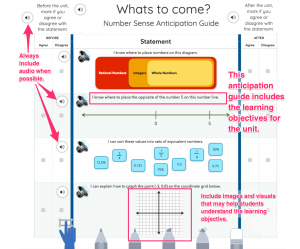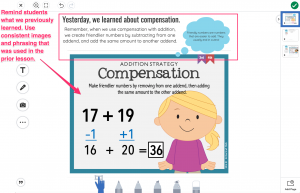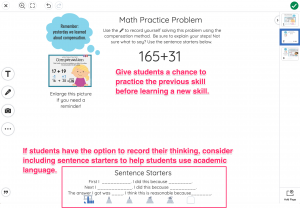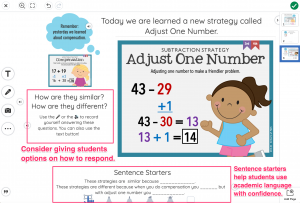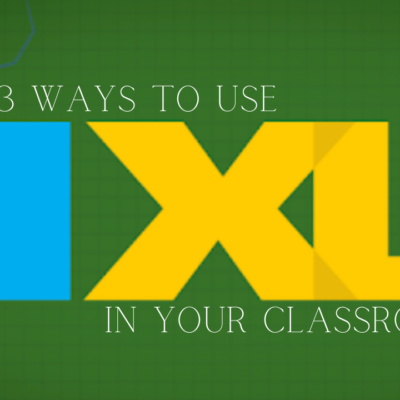No two students enter our classroom with the same life experiences. This is especially true when you have English language learners as members of your classroom community. To help counter the differences in our students’ diverse backgrounds, we work on the SIOP strategy of Building Background. Building background simply means we prepare our students for what they are about to learn. There are three main considerations for when you are actively working on building background with students:
- A student’s own background is important. As teachers, it is important that we recognize that students from culturally diverse backgrounds may struggle with comprehending a text because their experience does not match those of the culture for which the text is written.
- Past learning is important when building background. Students build a repertoire of educational experiences from which to draw their current learning framework.
- Key vocabulary needs to be taught, emphasized, and reinforced. Learning content language (CALP) is a different process than conversational language (BICS). Remember to use content language in context and encourage students to do the same.
Examples of Building Background in Practice
Example 1: Anticipation Guides
Anticipation Guides are a great way to help students with building background. Anticipation guides help to stimulate students’ interest in a topic and sets a purpose for learning. They help students to make predictions about text and often require students to go back and verify their predictions. Anticipation guides also help students to connect new information to prior knowledge.
To further help our English language learners, anticipation guides are accessible! They can…
- be completed orally.
- be completed in pairs or groups.
- include visuals or translated text.
- use simple sentences.
- use the same sentences with various leveled text.
Below are two examples of anticipation guides. In the math example on the left, you’ll notice images that accompany math ideas. This helps prepare students for what the math may look like, in terms of models and visuals. Students will agree or disagree with their mastery of the content objectives for the unit. After the unit is finished, students will self assess their mastery of the standards again.
The reading example on the right walks students through some ideas of what will be in their text. Students will predict if the statements are true or false. The reading example also allows students to revisit the ideas after learning and verify their predictions. Also notice the audio options are included for students.
Why Seesaw?
Seesaw’s upload feature that allows you to input your anticipation guide as an image or create it right in the creative canvas, being able to add audio to any text or image, and the ability for students to revisit all of their work makes Seesaw a great place to create these assignments.
Unsure how to use all of the Creative Canvas features? Learn more here.
Unsure how to add audio to a Creative Canvas? Learn more here.
Example 2: Activating Prior Learning
Activating prior learning is often overlooked, but there are a few great reasons why you might want to spend the time linking past learning to new concepts. As you help your students connect prior learning to new concepts, you are able to quickly assess what they learned in the previous lesson. You also help build student confidence when they realize they know something about the topic at hand. Students who are confident are more likely to take risks. Last, students are often more likely to be engaged when they are able to bring something to the table when approaching new learning.
In the example below, students are reminded of the learning from the previous lesson. They are asked to complete a problem reviewing the skill before moving onto the next related skill. After practicing the skill, they are asked to find differences and similarities between the old and new skills.
Why Seesaw?
Seesaw is a great place to review prior learning. Not only can students always go back to their journal to see their previous learning, but it is easy to include a page with prior learning before moving forward in your lesson with Seesaw’s multipage feature for Seesaw for Schools users.
Unsure how to add multiple pages to one activity? Learn more here.
Example 3: Vocabulary Review
In order for our students to be able to access academic text or communicate using academic language, they need a solid understanding of the vocabulary used throughout the text. In the example lesson below, while preparing for an upcoming lesson, students work with vocabulary that they will encounter in their text. Students are given multiple ways to interact with the academic language by providing students words in context, an informational video, and a diagram they can label.
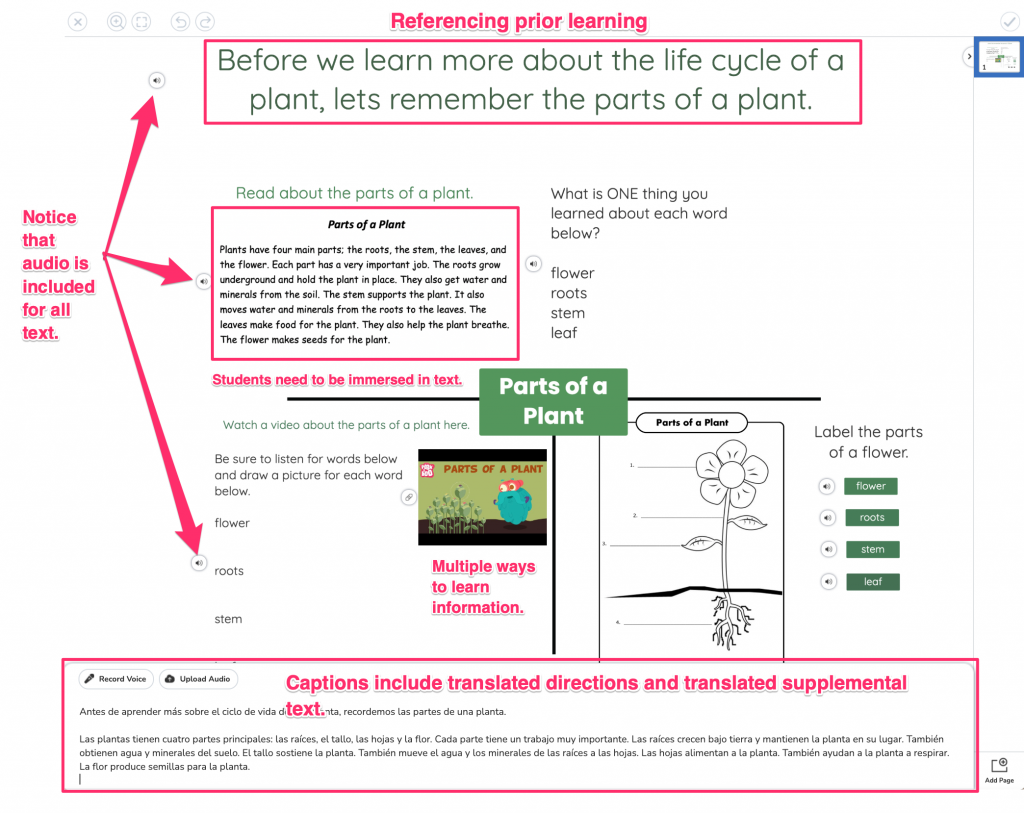
Why Seesaw?
Seesaw is an ideal place for key vocabulary to be taught, emphasized, and reinforced because of the endless ways the creative canvas can be utilized. The ability to embed videos, add links, utilize audio on all text boxes, shapes, and images, and even include translated directions or text within the captions, makes Seesaw the place to teach vocabulary.
Unsure how to add translated text to your captions? Utilize Google Translate to translate text. Find where to add captions here.

